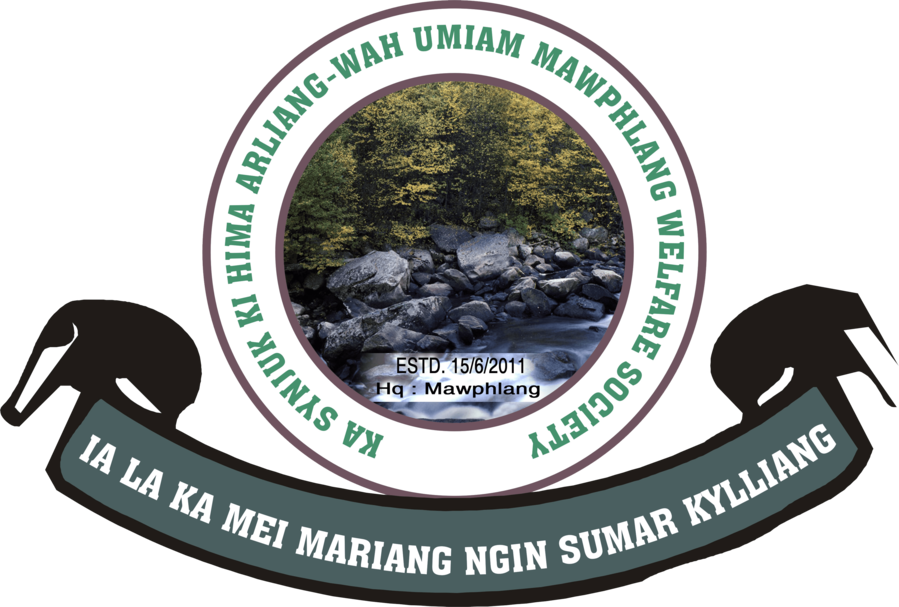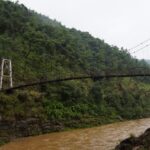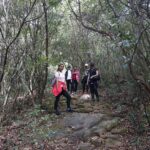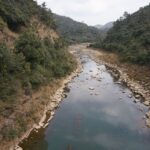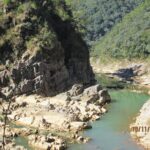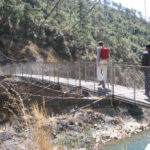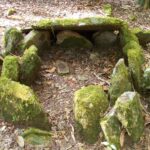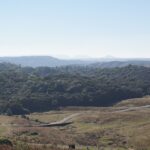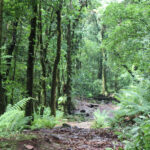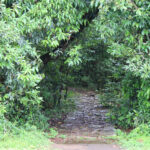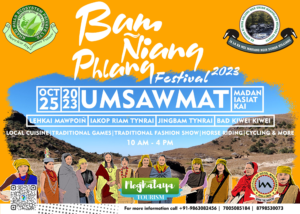Eco Tourism
The development of eco-tourism sites is becoming increasingly popular as people look for ways to connect with nature while minimizing their impact on the environment. “Ka Synjuk Ki Hima Arliang Wah Umiam Mawphlang- Welfare Society” is one organization that is leading the charge committed to developing Eco-tourism zones in the project area. Currently there are 3 zones identified and 16 eco-tourism sites that are being developed by the communities through awareness and training with the Synjuk. Bah Tambor Lyngdoh, the founder of the Synjuk, first introduced eco-tourism to Mawphlang in the year 1996 and earned the support of his community to share the Mawphlang Sacred Grove with people from all across the world. In 2000, he was recognized by the state for his work in grassroots tourism development. Through Bah Tambor’s experienced leadership and community participation of the ten Hima involved in the Synjuk, the project aims to explore the many opportunities for eco-tourism within our state and these sites are designed to showcase the unique beauty and biodiversity of each region while promoting sustainable tourism practices. We can’t wait to share the natural beauty, culture and tranquility of Meghalaya with you!
THE DAVID SCOTT BRIDLE PATH
FROM MAWPHLANG TO LAD-MAWPHLANG CONNECTING MAWPHLANG AND SOHRA.
(16 KILOMETRES IN LENGTH).
A historical trail recognized by the United Nations as an Indigenous Community Conserve Area (ICCA)
Introduction: David Scott, a British Administrator, was instrumental in building the trail from 1827-1829 to lessen the distance and to escape the heat of traveling from the Assam plains to Sylhet. The trail, previously part of a network of foot and horse paths used by indigenous Khasi people crisscrossing the hills and used as established trade routes, was expanded to increase trade between Guwahati in Assam, Shillong and Sohra (Cherrapunji) in Meghalaya, and Sylhet in Bangladesh. When it was developed, the entire trail from Assam to Bangladesh covered 130 miles. The stretch of infamous Scott Trail or David Scott Bridle Path between Mawphlang and Lad Mawphlang is roughly 16 kms long. This officer involved the Indian Rajput, Sikhs, and others to complete the construction in time.
MAWPHLANG SACRED GROVE
KA LAW LYNGDOH MAWPHLANG
LOCATION: Mawphlang Sacred Grove, located at Mawphlang Village, covers an area of about 76.8 hectares. It is a primordial forest aged more than 700 years, standing aloft through the test of time and conserved by the local Khasi community through social fencing. It is just 24 km from Shillong, the capital city of Meghalaya.
